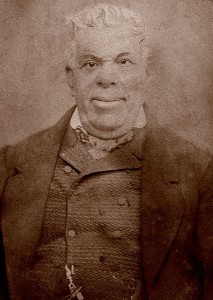
The pituitary gland is very small. It produces or regulates many hormones. It is located in the center of the head. Shaped like a garlic clove that hangs by a thread, there is a very small space surrounding it. The pituitary often forms tumors. Happily, rarely cancerous.
Tumor Effects
Some pituitary tumors affect production of the hormone prolactin. Prolactin promotes lactation (milk production). Another tumor type results in a growth hormone excess. In this case, the outcome is age dependent. Before puberty, one grows considerably taller (gigantism).
Pituitary Problems Before / After Puberty
Older sufferers do not undergo much vertical growth. They do not become giants. Still, some abnormal bone growth will occur. This is called acromegaly. The video below provides a fine explanation. Do not fail to watch it. It is one of the best presentations I have seen on the subject.
It makes sense these two forms of hormonal imbalance may overlap. If nothing is done to minimize the problem a young person may become a giant. Tragically, some such as Yao Defen could have been helped. But they were refused help due to a lack of funds.
Treatment Success
Some are treated unsuccessfully. For them the future is bleak. They may not live past 50. Especially is this so for those with gigantism. Their heart muscles are thick. They may experience heart failure. One such individual who died young was professional wrestler André the Giant (46). Others include Robert Wardlow (22), Yao Defen (39), and Tanya Angus (34).
Notice the image? It is an 1858 photo of California Governor Pio Pico. It shows the eyes that characterize some pituitary tumor sufferers. Yes, the pituitary can apply pressure to the optic nerves. I should know. It happened to me. I nearly went blind.
Note: You might also enjoy Warning: Do Not Touch an Armadillo!
References: